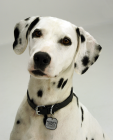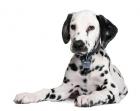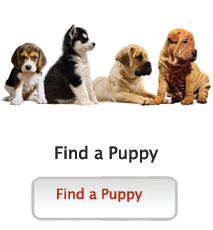Dalmatian
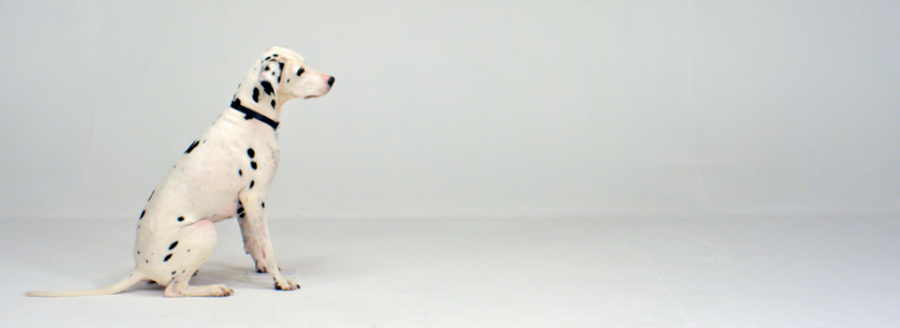
In my own words
Hey what are you up to? Can we go for a walk? I’m getting a bit bored you see. I just went and did some gardening for you though! Do you like the big hole I dug? Beautiful isn’t it! It’s even bigger than me and I only did it in twenty minutes. Impressive, don’t you think! I could have gone on digging for hours though, I love digging and I’ve got loads of stamina but I thought I’d just come check if you were ready for a walk yet? Please say yes!
My ideal owner(s)
Singles
Active people
Families with older children
Firemen
What they say about me
Dependable
Tough
Energetic
Sociable
Please read on, to find out more about me, and whether I will be someone you can be happy with for the next 12 years, or even longer!
Is this Dalmatian for you?
Test your knowledge about the Dalmatian
Information essential about the Dalmatian
Kennel Club Group:
Utility
Breed Classification:
Dalmatians belong to the Utility group and, due to the publication in 1956 of the book 101 Dalmations, have become very popular pets and show dogs.
Size:
Medium: Weight 55 lb (25 kg)
Height Male 22 – 24” (55 – 60 cm) Female 20 – 22” (50 – 55 cm)
Popularity:
Breed History:
Little is known about the origin of the Dalmation although they have been living in Europe, Asia and Africa for centuries and may be related to the Pointer. Dating back to ancient Egypt, they have been used as guard dogs, dogs of war, circus performers, bird dogs, retrievers and of course firehouse mascots. In 1700 a dog known as the Bengal pointer, similar to the Dalmatian, existed in England, calling into question the Dalmatians Yugoslavian origin. Some claim the Dalmatian is a Croatian breed. Efforts to have it recognized as a Croatian breed had been rejected, up until 1993, when the FCI did finally recognize the Croatian roots of the Dalmatian dog, although they continue to deny Croatia standard patronage rights over the breed. In the Middle Ages it was used as a hound.
The breed gained popularity in the 1800s as a “coach dog”—their natural quickness, agility, protectiveness and affinity for horses made them perfectly suited for following horse-drawn carriages and guarding them when their owners went indoors. The American Kennel Club first registered them in 1888, and the Dalmatian Club of America was started seventeen years later.
Character:
Dalmations were bred to run under or alongside horse drawn carriages so they have a vast amount of stamina and energy and do not enjoy sitting around all day with nothing to do. They are dedicated and very happy, easygoing and playful. In order to be happy this breed requires strong leadership and human companionship and do not do well if left alone for long periods of time due to their tendency to dig and be destructive. They enjoy playing with children but if not given enough mental and physical exercise they can become highly strung and too excitable for small children. Without proper socialisation they can become timid. They get along well with other pets but can be aggressive towards strange dogs if they are not trained properly. They are intelligent and wilful if they sense a meek or passive owner. Half of the people who adopt a Dalmatian puppy do not keep them past the first year. Young Dalmatians are very energetic, and need a tremendous amount of leadership and exercise. If you give them what they instinctually need, daily walks where the dog is made to heel beside or behind the human, never in front of the person holding the lead, and very stern, but not harsh leadership they will make a wonderful pet and will calm down after a few years. People who keep them long enough to get past their active stage tend to be very pleased.
Temperament:
Provided they are well trained and socialised, Dalmations can be both gentle and gentlemanly with good manners and a quiet demeanour. They do have a boisterous side that stems from their incredible energy and stamina so for this reason they may not be the best pet around small children. They have good intentions and may excellent playmates for older children and have protective instincts making them good guard dogs. They like to wander and if allowed to roam can be gone for days exploring to feed their curiosity so ensure that your backyard is well secured to prevent them from escaping and keep them on the lead in public. They are willing and eager to please so are easy to train and benefit from excessive praise when they have done well. It is easy for them to learn both bad and good habits so be aware of their determination, particularly in dominant male dogs. Generally they are outgoing and friendly dogs, free from nervousness and aggression, although, if not carefully reared or disciplined as puppies can become hyper. They are dedicated, loyal and willing to please. They are mild mannered, affectionate dogs who enjoy human company but their strength and stamina can be challenging for some owners as they take around two years to settle down.
Conformation:
The Dalmation is lean, medium sized and well proportioned. Their muzzles are strong, eyes deeply set and their soft ears are set somewhat high. They have strong, arched necks, deep chests and level backs. Their tails extend out from their backs and curl up slightly without carrying over their backs, and they have long, well-muscled legs with round feet. Overall, Dalmatians have a dignified, powerful and alert posture with a steady gait.
Their coats are short, dense and sleek.
Colour:
The symmetrical coat is predominantly white with clearly defined round spots. The spots can be black or brown (liver) which are the preferred colors in the show ring, but can also be, lemon, dark blue, tri colored, brindled, solid white, or sable. Not all of these colors are accepted into the show ring, but they do occur in the breed. The more defined and well distributed the markings are, the more valued the dog is to the show ring. Puppies are born completely white and the spots develop later.
Training:
This breed does well with firm, consistent training and is trainable to a high level of obedience. They can be trained for defence and make good watch or guard dogs.
Care:
The Dalmation sheds all year round but sheds more profusely twice a year. Frequent brushing will help to manage their constant shedding. They do not have a doggie odour and are very clean, even said to avoid puddles. Bathe only when necessary. They can be sensitive to the cold so don’t leave them outside in cold weather and ensure they have a jumper to wear for winter walks.
Health:
The lifespan of a healthy individual is between 10 and 12 years. If you buy from a reputable, responsible breeder, health problems should not occur. Deafness is relatively high in this breed with about 10-12% being born deaf. They should be BAER tested for deafness at about six weeks old and totally deaf puppies should be spayed or neutered as the breeding of deaf puppies should be avoided although it is possible to raise a well adjusted deaf dog. This breed is prone to urinary stones and are prone to skin allergies such as synthetic fibres in carpets and upholstery.
Exercise:
This breed is not well suited to apartment dwelling unless it can be taken out for a brisk walk or run several times a day. They are very active indoors and do best with an average sized yard provided it is securely fenced as they have a tendency to wander. They are not suited to living outside in cold climates. They are energetic and have enormous stamina so they need plenty of opportunities to run off the lead in a safe area. This breed can become destructive and develop behavioural problems if they are not given enough physical and mental exercise.
You may also like:
Dalmatians looking for a home in UK »
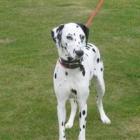
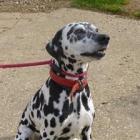
If you like Dalmatians, you may be interested in breeds of the same size »
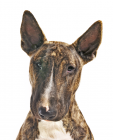

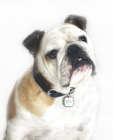
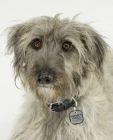
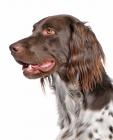
If you like Dalmatians, you may like other breeds with similar characteristics »
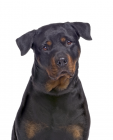
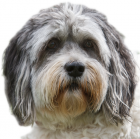
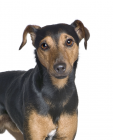

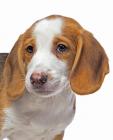
If you like Dalmatians, you may be interested in these other utility dogs »
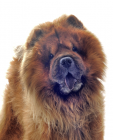

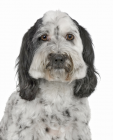
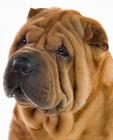
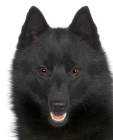
Advice on choosing your breed »
Find an animal shelter or rescue home where a Dalmatian is waiting for a new home »
The following grid gives a fast track review which covers all breeds. You can apply it to help you decide if a Dalmations is suitable for you, the environment where you live, your personality and your lifestyle. On the grid, 1= strongly disagree, and 5= strongly agree. For example, if you are looking for a dog that likes to run, look down the list under Activities, and you will see that Dalmations love running and hiking, scoring 5. If you want a playful companion, look down the same list, and you will see that Dalmations love to fetch and hunt, and score 5. You might like to save or print off this section and keep it for reference while you check some other breeds before making your final choice.
Dalmatians are people-oriented dogs. They should not be left alone in the house for long periods of time. Without adequate amounts of attention (and, of course, exercise) they can get a little destructive, digging up gardens, chewing objects and barking excessively.
Be the first to rate this breed »
|
*PLEASE NOTE: All our breed profiles are general, and all dogs are individuals. Always talk to the breeders and meet the owners you are buying from. Try to meet the dog and its parents if it is a puppy in their home environment.








